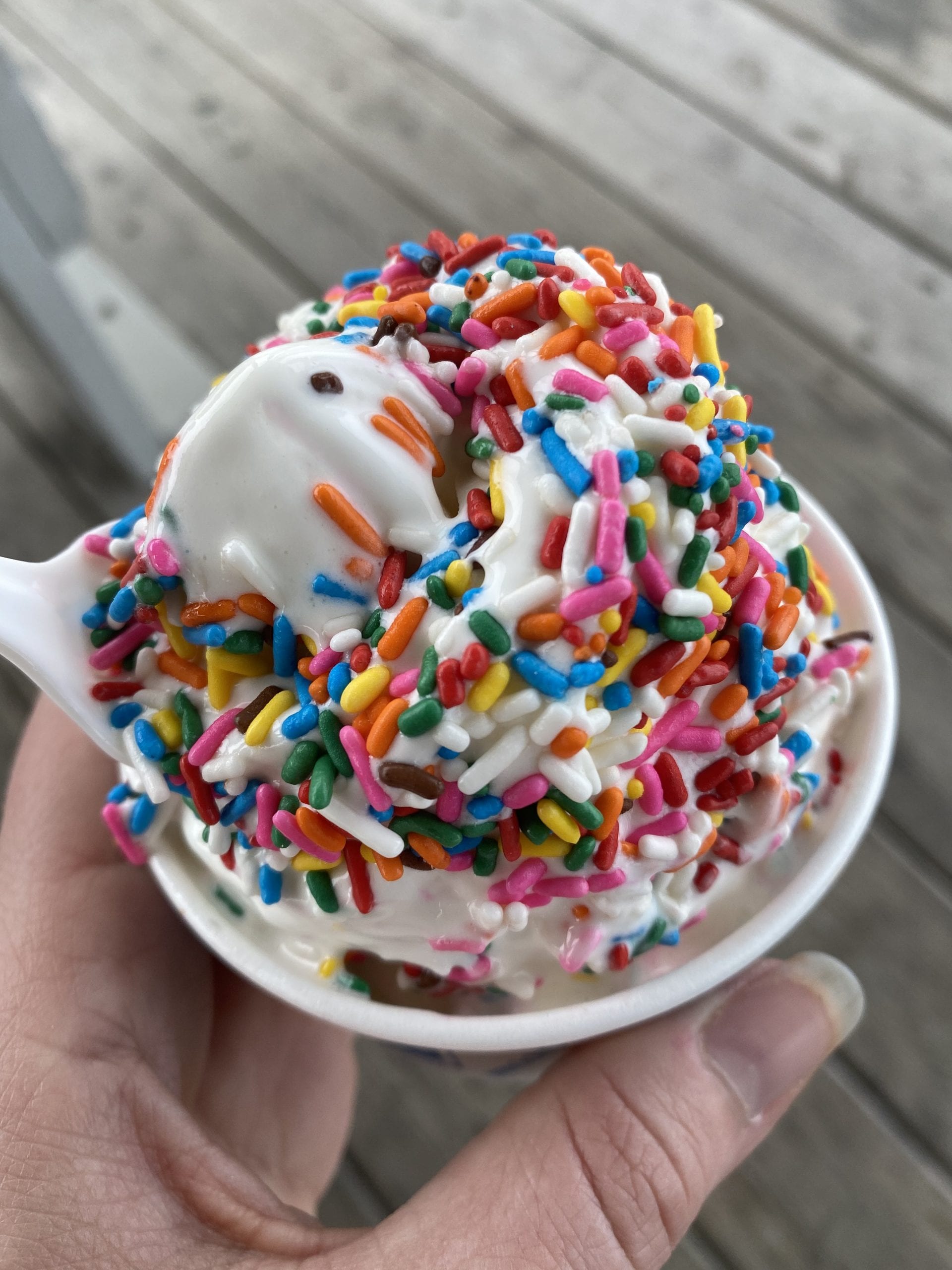Now that you know the benefits of mindfulness, and the premise of how to go about being mindful, I’m going to do a series of posts about some basic mindfulness exercises to try. Each of these will follow the same principles I outlined previously (here): Make time, Observe, Accept, Return, and Be Kind. These are just a few examples of how to begin practicing mindfulness in your day.
Mindful Eating
In our fast-paced daily routine, how many of us grab a quick bite to eat while multi-tasking? How many meals, regardless of their nutritional content, could we consider “fast” food? I have a salad for lunch most days, but I eat it in front of my computer while I work. There are days I can’t remember if I ate or not, and days I even forget to eat a meal because there’s so much on my plate of things to do, there’s no room to think of a plate of food to eat. Mindful eating can turn a meal into an experience, where you nourish not only your body, but your mind and spirit as well.
Seat yourself at your table with your prepared meal laid out in front of you. Start your practice by closing your eyes and taking deep breaths, in and out. With each breath, turn your focus inward to the rise and fall of your belly, in and out. Let the hustle and stress of the day melt into the background and fall away. Let the thoughts swirling in your head breeze by and release them, turning to the in and out of the breath.
When your mind has stilled, turn your attention to the belly. Note any sensations of hunger, and maybe even an emotional need to eat. How is your body anticipating this food? How is it preparing for this experience?
Open your eyes now and focus on the plate in front of you. What colors do you see? What textures do you notice? Take a deep breath and inhale the aromas- what components of your dish can you smell? Can you identify the separate smells of your dish? Can you smell how they swirl together and combine to make other smells?
Ponder the food on your plate, and think about that first bite. Anticipate what the flavors will be like. Can you feel your mouth water as it prepares to enjoy this meal? Take a bite and bring your attention now to your mouth. How does this bite feel on your tongue? How does it feel to chew it? What flavors did you notice when the food entered your mouth? How about as you chew? Note how new flavors can combine as the ingredients blend together, and the taste changes as your taste buds are awakened and aware. Chew this bite thoroughly, then swallow. What flavors are lingering in your mouth to enjoy? What about as you exhale? What new, different sensation do you experience on that last breath of the bite? What is different now than when you first tasted the meal?
Continue in this way, truly enjoying each morsel of your meal. Once you are about halfway through, turn your attention to your belly. How has it changed since you first started? What is your hunger level? Are you still hungry? Starting to feel satiated? Are you full? How well has the food you have consumed traveled through your Self? Is it satisfying a nutritional need? An emotional need? Do you feel energized? Alive? Can you feel the nutrients from your food moving through your body to bring wellness to your Self? Note, too any sensations of unrest, disturbance, or discomfort. Remember, this is a time simply to observe, not to judge. Feel what your body Is telling you, note it, accept it, and move on. Be kind.
Keep moving from the plate sensations, noting still how the food smells and looks with each bite. Taste each flavor of each bite. After swallowing, check in with your body and how it feels, what it is saying, what it wants you to note. Observe, don’t judge, be kind.
When your body has had enough, your meal is finished. There’s no reward for a clean plate, and no penalty for leftovers. Let your body tell you when you are done. Check in again with your Self at the completion of your meal. Turn your attention inward. How does your Self feel now? Can you feel the nourishment moving along through the body? Do you feel renewed? Energized? Happy? Comfortably full? Satiated? Again, also note any negative messages. Are you feeling puffy? Bloated? Has your meal become an uncomfortable ball or weight in your stomach? Note, too, your emotional state. Are you feeling guilty about your food choices? Happy? Complete? Unfulfilled?
Make note of what you have learned with your observations. Over time, this helps to plan ahead, prepare healthy, nutrient filled foods, and leave you feeling satisfied and positive about your eating habits. If your experience was negative, how can you change your choices? What foods “agree” with you? Which ones don’t? How much food makes you feel full? How do you feel when you eat a meal out of hunger? How do you feel when you eat for emotion? These are not judgements, just observations and learning opportunities. Learn from each experience. Keep what works for you. Change what doesn’t. For me, I feel guilty when I eat out of boredom (emotional eating), but pretty great if I have a week of healthy choices and decide to treat myself to a soft serve frozen yogurt with sprinkles!


